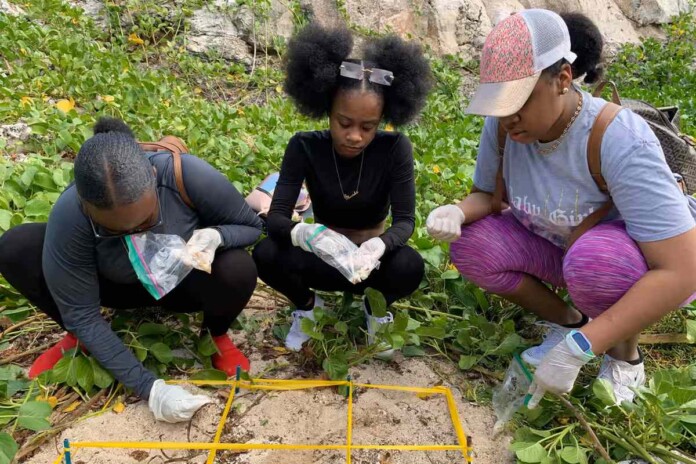In the Caribbean waters of Anguilla, the once nearly desolate Sombrero Island, inhabited solely by mice, has undergone a remarkable transformation, restoring itself to a state of pre-colonial biodiversity. This success story becomes a beacon for global conservation efforts, showcasing effective strategies to eradicate invasive species and safeguard unique ecosystems.
Despite constituting a mere 0.16% of Earth’s landmass, Caribbean islands rank among the top three worldwide for biodiversity. Yet, their isolated ecosystems have long faced threats from invasive species like goats and rats. Sombrero Island, in particular, grappled with a critical situation as mice wreaked havoc on native reptiles and nesting seabird eggs.
A collaborative effort led by Anguillan conservationists, with support from prominent NGOs Flora & Fauna and Re:wild, launched a program that not only successfully eradicated the invasive mice but also witnessed a remarkable resurgence in the populations of endemic species unique to Sombrero Island.
Species like the Sombrero wind scorpion, Sombrero bee, and Sombrero ground lizard, teetering on the brink of extinction due to the onslaught of mice, vegetation loss, and hurricanes, experienced a remarkable rebound. A mere two years into the program, the ground lizard population surged to nearly 900 individuals, a stark contrast to the less than 100 recorded at the project’s inception in 2021. The restoration of Sombrero Island stands as a testament to the potential for conservation initiatives to reverse ecological decline and rekindle the vibrancy of fragile island ecosystems.

Following the mice eradication, the Anguillan National Trust initiated a replanting campaign, restoring native vegetation to anchor the island’s soil against hurricane-force winds. Anguillan conservationist Devon Carter emphasizes that increased vegetation diversity enhances resilience to a changing climate. The island is already displaying a healthier, greener appearance, with future expectations set on a transformed landscape and thriving wildlife.
The Sombrero project, according to Flora & Fauna, is among more than 30 successful offshore island restorations by Fauna & Flora and Re:wild. These efforts, undertaken with local partners, have rapidly improved vegetation cover and facilitated the recovery of numerous native species.
This ecological rebound extends beyond the Caribbean, with similar success stories emerging on islands off the coasts of Australia and the Pacific Ocean, where eradication of invasive species like rats or rabbits has sparked impressive ecological recoveries.
